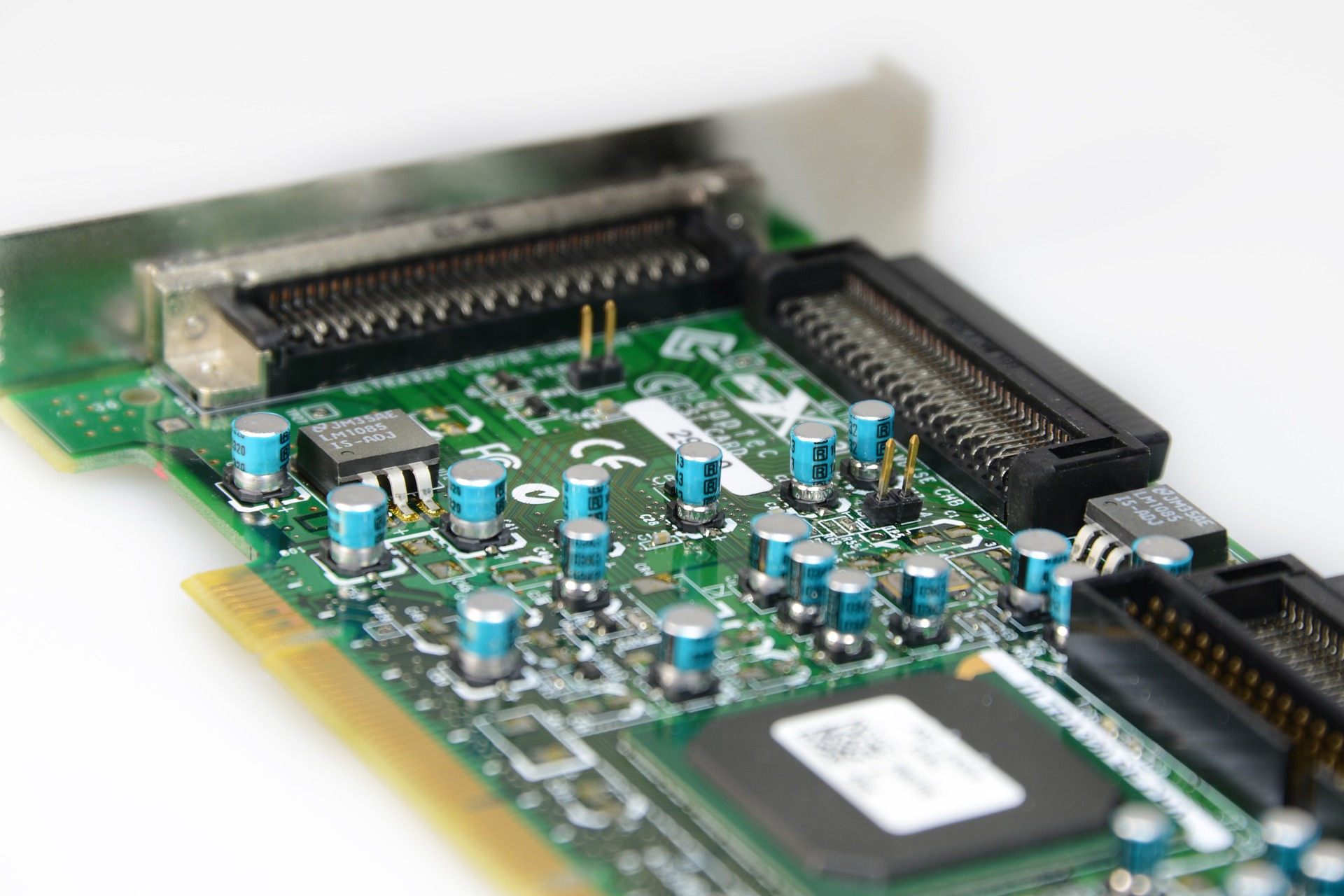How to resize a KVM Virtual Machine partition
-
 Diogo Monteiro
Diogo Monteiro - 24 Feb, 2025

Before the advent of containers, resource encapsulation was primarily achieved using virtualization technology. Consequently, achieving high performance for encapsulated programs posed significant challenges. The development of Kernel-based Virtual Machines (KVM) marked a pivotal advancement, as it introduced the capability to bypass virtualization limitations and minimize performance losses associated with encapsulation. Due to its effectiveness, KVM has become one of the most widely used virtualization solutions, supported by a robust community.
This tutorial has been developed using Ubuntu 22.04.
Resizing Virtual Disk
Firstly, identify the virtual disk’s path (commonly /var/lib/libvirt/images/<vm_name>.qcow2):
virsh domblklist <vm_name>
Resize the image, changing the size according to your preferences:
qemu-img resize <vm_disk_path> +20G
Check if there are any VM snapshots:
virsh snapshot-list <vm_name>
Delete the remaining ones:
virsh snapshot-delete --doman <vm_name> --snapshotname <snapshot_name>
Resizing partition
Inside your VM, identify the device your partition owns:
lsblk
Then, use the interactive command to edit the partition:
fdisk <device_path>
- p: list partitions
- d: delete partition
- n: new partition
- w: write changes on partition table
After that, you need to reload the partition table by simply rebooting:
reboot
Resize Physical Volume:
pvresize <partition_name>
Resizing Logical Partition
If you have logical partitions (LVM) that were not resized, you can change them using the following command:
lvextend --resizefs -L +20G <filesystem_name>
If you want to allocate all available space, simply run:
lvextend --resizefs -l +100%FREE <filesystem_name>
You can find out the filesystem name by running:
lsblk
Then, finally, resize the filesystem:
resixe2fs <partition_path>

